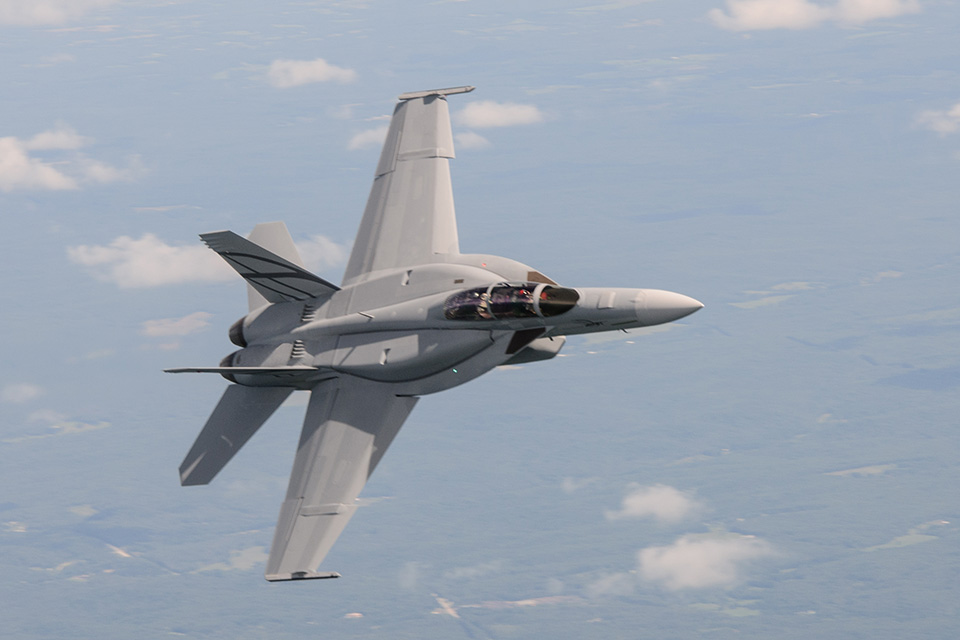With the upgraded engines, the F414-GE-400’s power output would rise to 26,400 lbs
According to DefenseNews, the U.S. Navy gave General Electric (GE) a contract worth $114.8 million to replace the engines of the F/A-18 Super Hornet and EA-18G Growler aircraft.
The fixed-price deal provided funds for the purchase of 28 F414-GE-400 engines from Lot 20 and 21 of full-rate manufacturing.
The so-called General Electric enhanced performance engine (EPE), which would boost the F414-GE-400’s power output from 22,000 lbs to 26,400 lbs, could be the new engine that attracts attention. EPE development started in 2009 and includes a number of enhancements over the baseline F414-GE-400, including better resistance to damage from external objects, a decreased fuel burn rate, and perhaps a 20% boost in thrust.
According to the Department of Defense (DoD), the work will be done in a number of places, including Lynn, Massachusetts, Madisonville, Kentucky, Hooksett, New Hampshire, and Rutland, Vermont. The project, which is scheduled to be finished in February 2019, is being managed by Naval Air Systems Command (NAVAIR), located at Naval Air Station (NAS) Patuxent River, Maryland.
One of the many upgrades that the Advanced Super Hornet might include is EPE.
The aircraft would have an enclosed weapons pod, conformal fuel tanks, and a frontal radar cross-section (RCS) reduction of 50%. (EWP). Boeing and Northrop Grumman self-funded the development of an Advanced Super Hornet prototype, which underwent three weeks of flying tests to evaluate the effectiveness of CFTs, the EWP, and signature upgrades.
In March 2013, the U.S. Navy was considering the widespread adoption of conformal fuel tanks, which would allow the Super Hornet to carry 3,500 lb (1,600 kg) of additional fuel. Flight testing demonstrated that CFTs could slightly reduce drag while expanding the combat range by 260 nautical miles. Boeing stated that the CFTs do not add any cruise drag but acknowledged a negative impact imposed on transonic acceleration due to increased wave drag, hence the EPE development as a mitigating measure.
The Super Hornet could carry 3,500 lb (1,600 kg) more fuel if conformal fuel tanks were widely used, according to the U.S. Navy’s consideration in March 2013. Flight testing demonstrated that CFTs could slightly reduce drag while expanding the combat range by 260 nautical miles. Boeing claimed that the CFTs do not increase cruise drag, but conceded that increased wave drag had a detrimental effect on transonic acceleration, leading to the creation of the EPE as a mitigating measure.
Top image: Photographer’s Mate 3rd Class Bo Flannigan / U.S. Navy
Bottom image: Boeing


